Home / Latest Posts / Engineer Q&A: Keeping carrots fresh
Engineer Q&A: Keeping carrots fresh
Following on from our Are you getting the best out of your carrots? guide, we caught up with Hugh Paterson, a Solution Engineer in our Project Delivery Team, to answer some of your questions about carrot silvering, moisture loss in carrots and post-harvest cooling options.
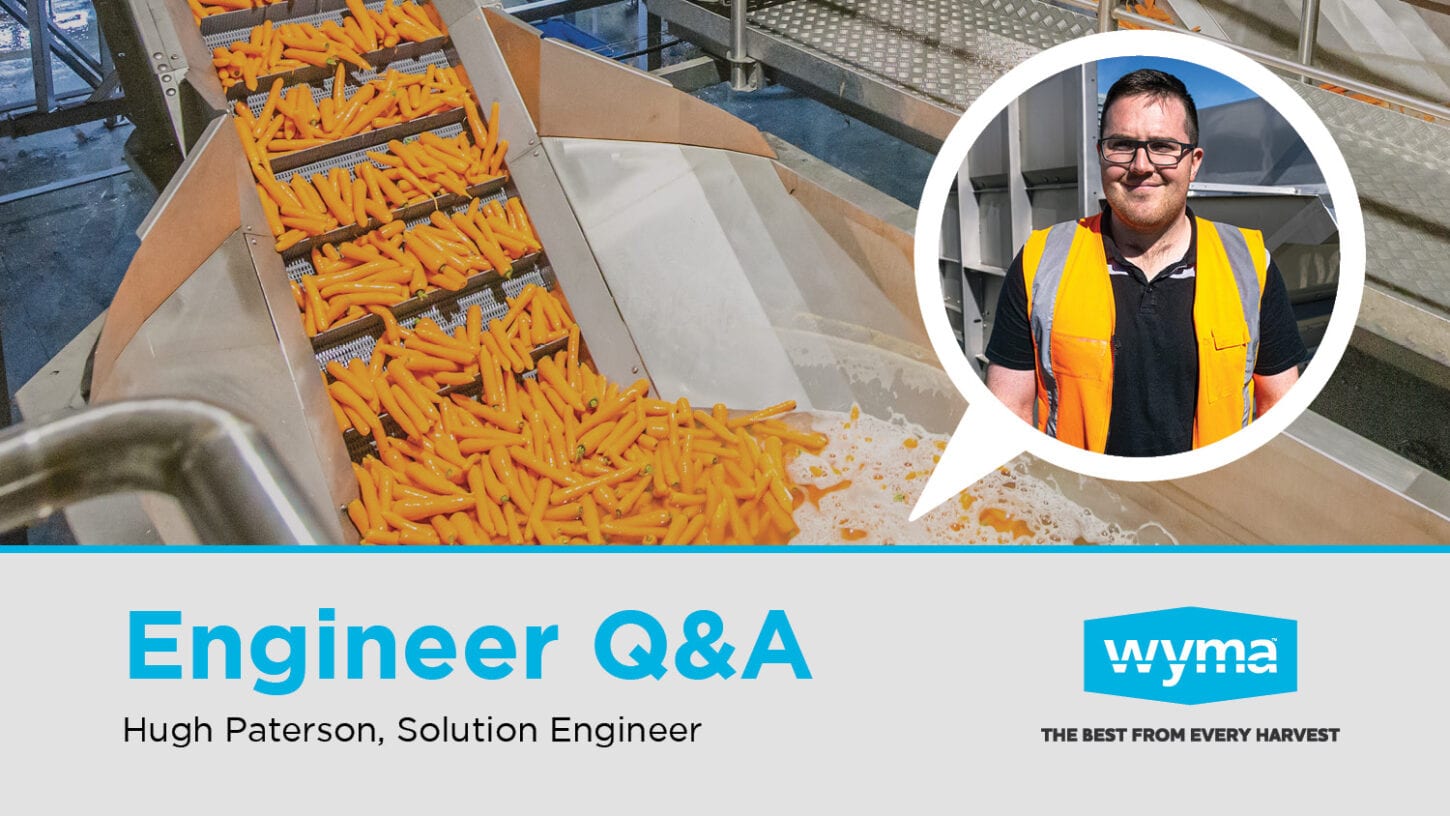
Q: Besides the consumer’s perceived low quality of carrots that have silvering, are there any other risks or issues?
A: Carrot silvering can result in serious losses for growers, including low selling prices or inability to sell the crop. The use of brush polishers that remove the carrot’s epidermal layer effectively eliminates the possibility of silvering developing. If steps are not taken quickly, however, further dehydration may occur which can lead to other complications. Brush polishers remove the epidermal layer, exposing the tissues to oxidation which can cause phenolic browning beneath the periderm. This surface browning is another reason to keep carrots moist after washing. To minimise post-harvest losses of carrots it is crucial to ensure carrots are cooled to an exact temperature and stored correctly through the supply chain, up until they are purchased by the consumer. Avoiding silvering can be the difference between a crop’s commercial success or failure.
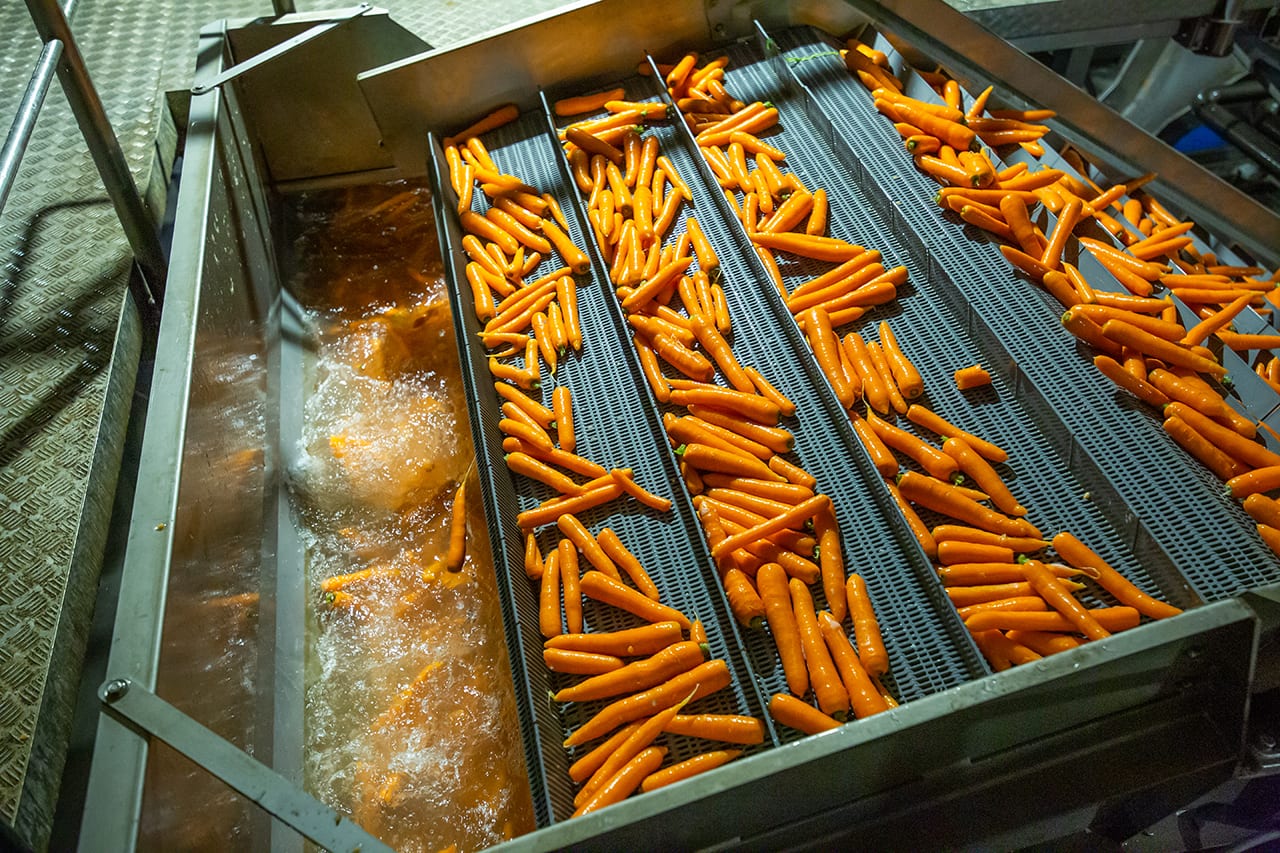
Q: How do I ensure carrots do not freeze during cooling and how do I control this?
A: Depending on your growing conditions and regional climate, carrots should usually be stored between 0°C – 4°C (32°F – 39°F) before processing. However, it is important to ensure frosting doesn’t occur as this will cause damage to the crop. Carrots freeze at -1.4°C (29°F), so there is very little room for error when storing before processing. Symptoms of freeze-damaged carrots include cracking and a blistered appearance; the inside of the carrot may also become watery and the colour can darken. The Wyma Hydro-Cooler significantly reduces the chance of any frost occurring by easily maintaining the optimum temperature for your produce. The Hydro-Cooler is fitted with a water spray system, which cools produce and stabilises the temperature. The disc filter configuration allows for mixing of the water to ensure there are no cold spots. The warmer water at the front of the Hydro-Cooler (caused by the heat load of the produce entering) is mixed with the colder water near the outfeed. The fully wired touchscreen control panel means water temperature can be constantly monitored.
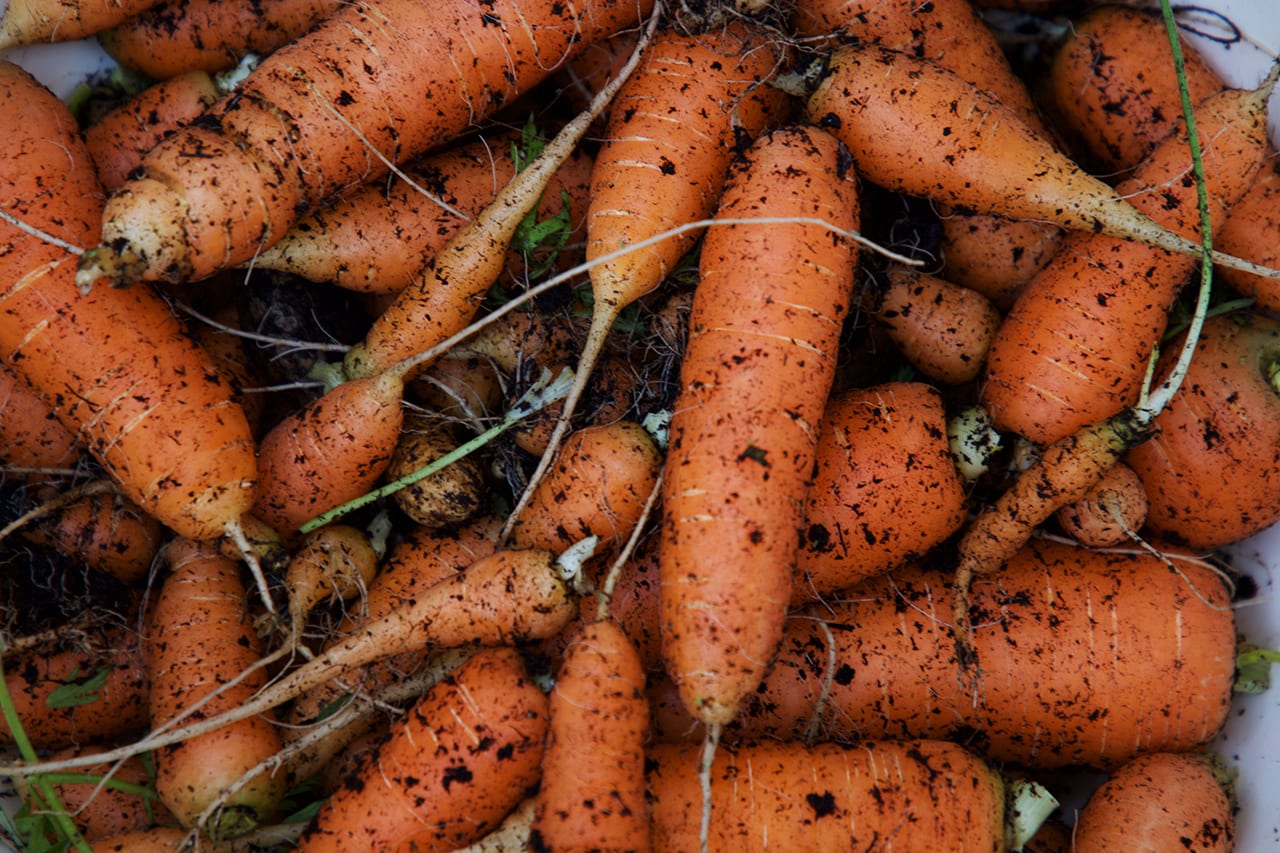
Q: What are the various options for post-harvest carrot cooling, and which one is best for me?
A: The three methods of cooling which are generally used are room cooling, forced air cooling and hydro-cooling.
Room cooling involves crates of carrots sitting in a cooled room. This method is usually used in conjunction with another faster cooling method, as it is generally slower and can result in dehydration or bacterial growth.
Forced air cooling pulls cold air over/through the produce, which creates a pressure system. This removes the heat from produce quickly and prevents condensation, but the energy efficiency of air-cooling systems varies widely, especially when taking into consideration the efficiency of the fans.
Hydro-cooling is generally accepted as the preferred method of post-harvest cooling for carrots. Water is much better at conducting heat than air, which means that very rapid cooling can be achieved. Produce can either be immersed (loose or in bins) in a tank or drenched by spray water. For carrots, immersion is ideal as they will lose no moisture. If light dehydration occurs between harvesting and cooling, an immersion hydro-cooler can help add that moisture back to the produce. To avoid under or over-cooling risks we have found it critical to match a customer’s requirements to the correct size and specification of Hydro-Cooler.
Wyma have a free guide available on their website which discusses ways to combat food waste with effective post-harvest cooling.
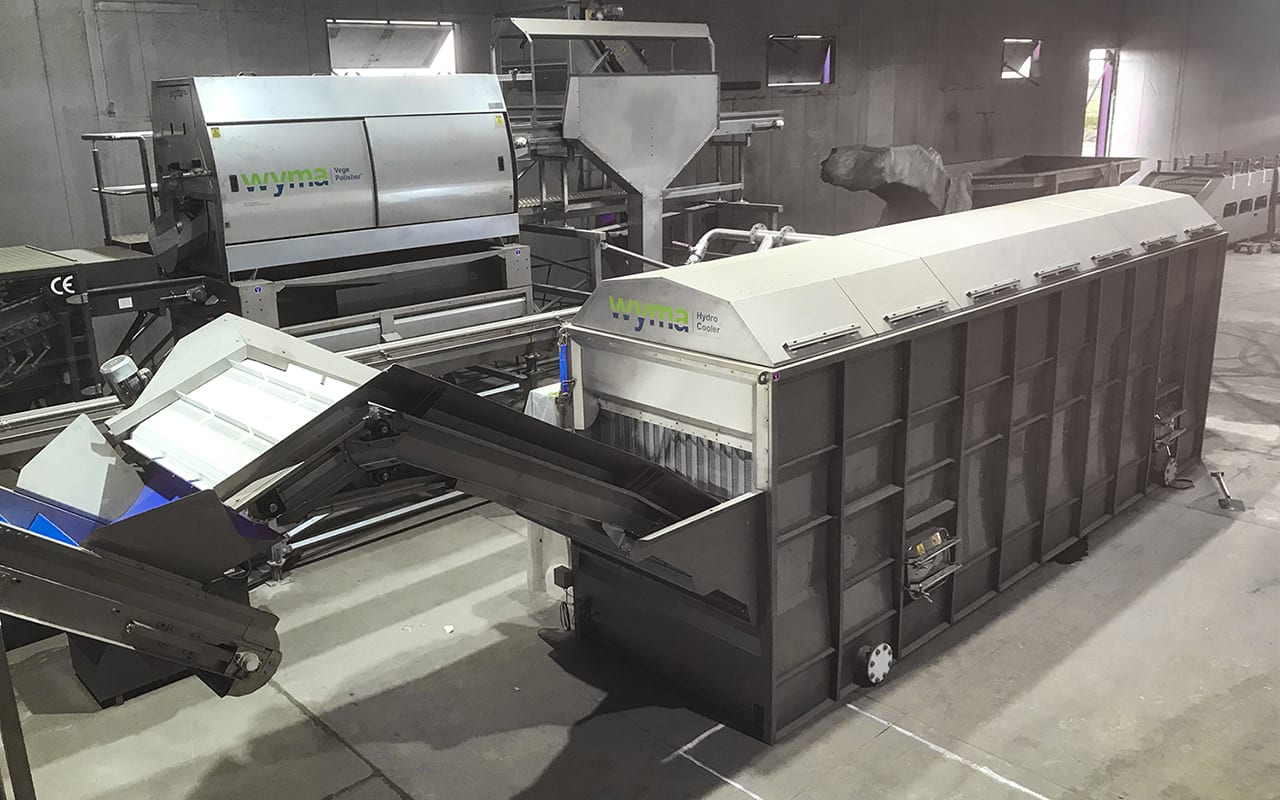
Q: How can I control the changes in environment while in storage? For example, moving from processing to transport to in-store.
A: Ideally, you would plan a ‘cool chain’ for your produce from harvest to customer. A post-wash storage system such as Wyma’s Clean Wet Hopper or a Chilled Bunker is the perfect solution for ensuring carrots remain moist, cool and clean while waiting to be packed. Once packaged, they should be transported in a refrigerated truck to their destination. Supermarkets will usually store fruit and vegetable in a cool store, but it will pay to double-check this with the retailer. Ensuring your produce is arranged on a cooled shelf with cold water regularly sprayed over it will mean optimum care for your produce, right up until the consumer purchases it.
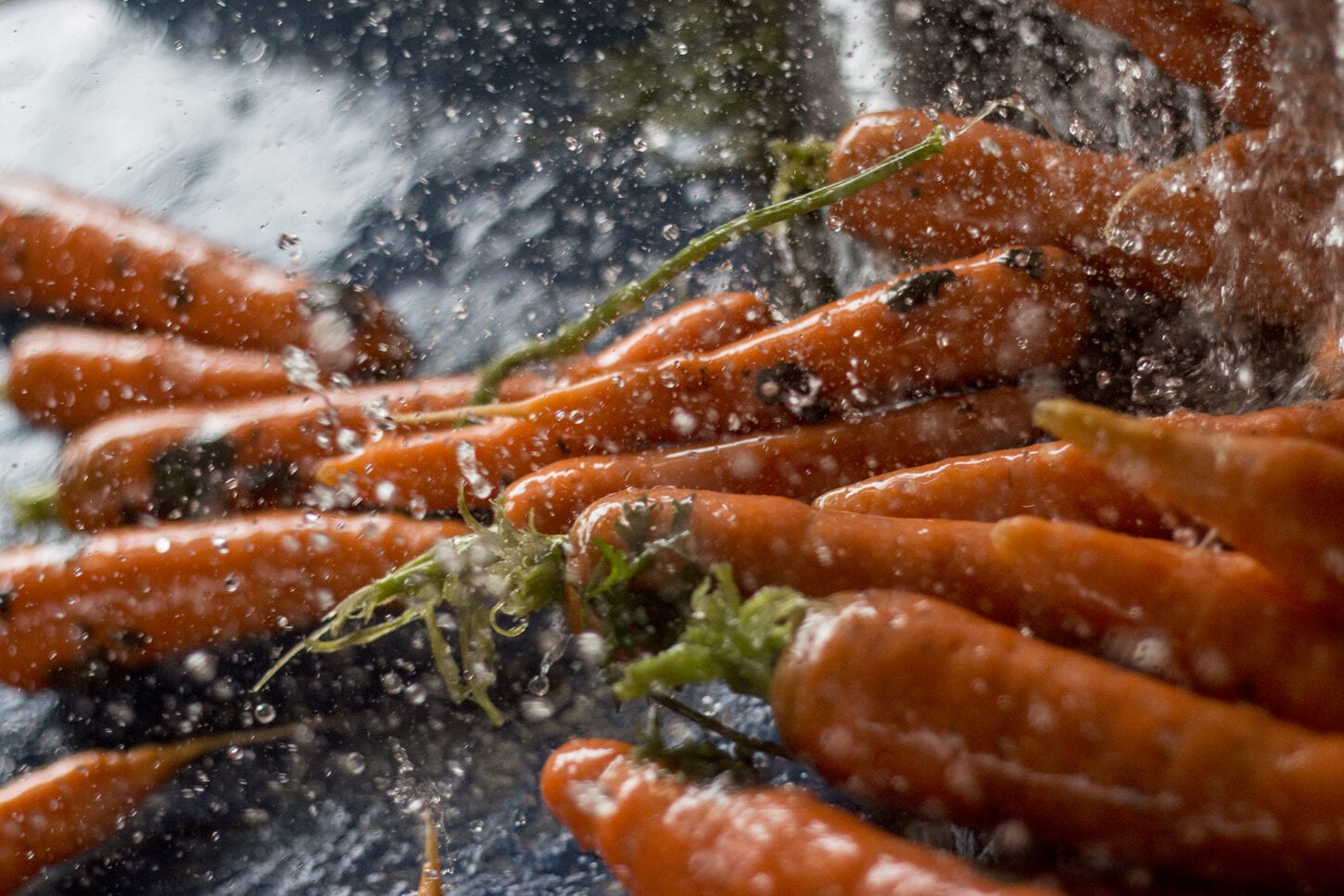
Q: How can I ensure the quality of my carrots does not deteriorate after they are transported?
A: Besides the temperature controls discussed above, there are a few extra steps that you can take to ensure the quality of your carrots is not compromised throughout the entire supply chain.
Ideally, your carrots would have gone through a chlorine clear-water rinse before packing. This mixture reduces the risk of bacterial and fungal growth on your produce. For chlorine to be effective, water pH levels need to be between 7.0 and 7.6.
Packaging materials are a major step in the process of ensuring quality. The most popular options for carrot packaging are cardboard, paper and/or plastic. Plastic packaging is usually favoured due to how it creates a stable atmosphere for the produce. It is also very lightweight, resulting in lower freight costs. Of course, some retailers may not favour plastic packaging due to sustainability concerns. In this instance, a recyclable or biodegradable plastic could be used (or even one that is made from starch). Whatever packaging you decide to use, ensure that it is protective and will not increase the respiration rate.
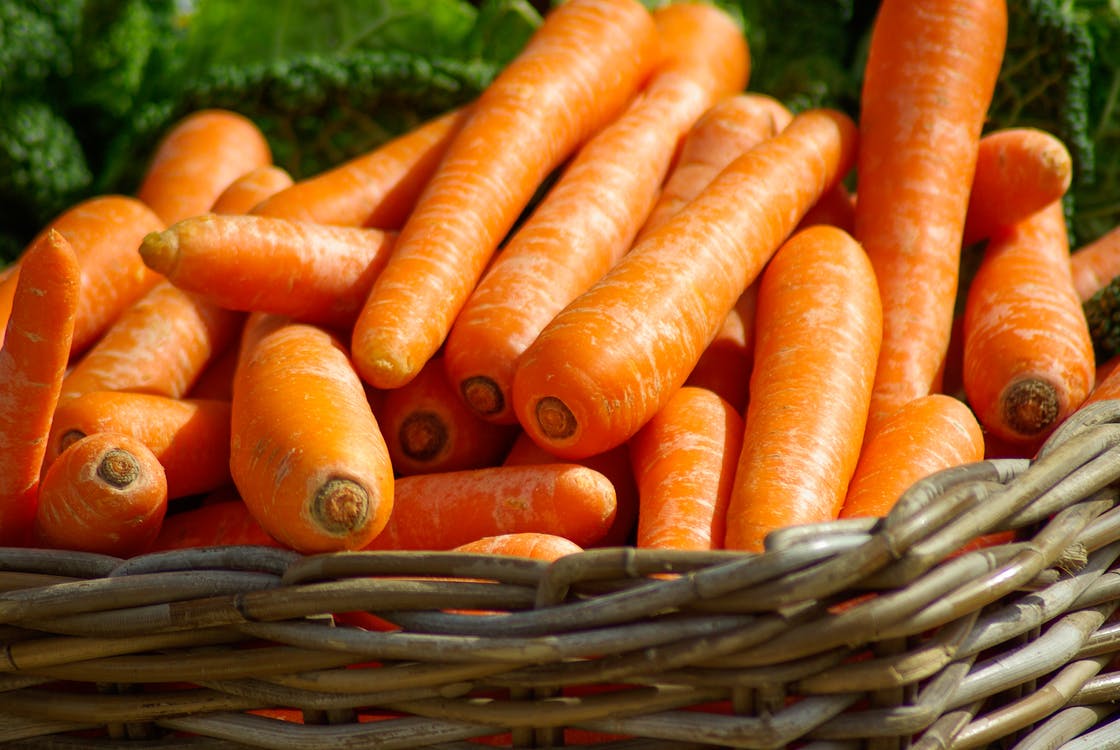
Hugh Paterson is a Solution Engineer as part of Wyma’s Project Delivery Team. He holds a Bachelor of Engineering and a Master of Engineering Management from the University of Canterbury. Hugh has been part of the Wyma team since 2016, successfully completing the Wyma Graduate Induction Programme in 2019. He has been instrumental in the development and delivery of carrot line solutions throughout the world.
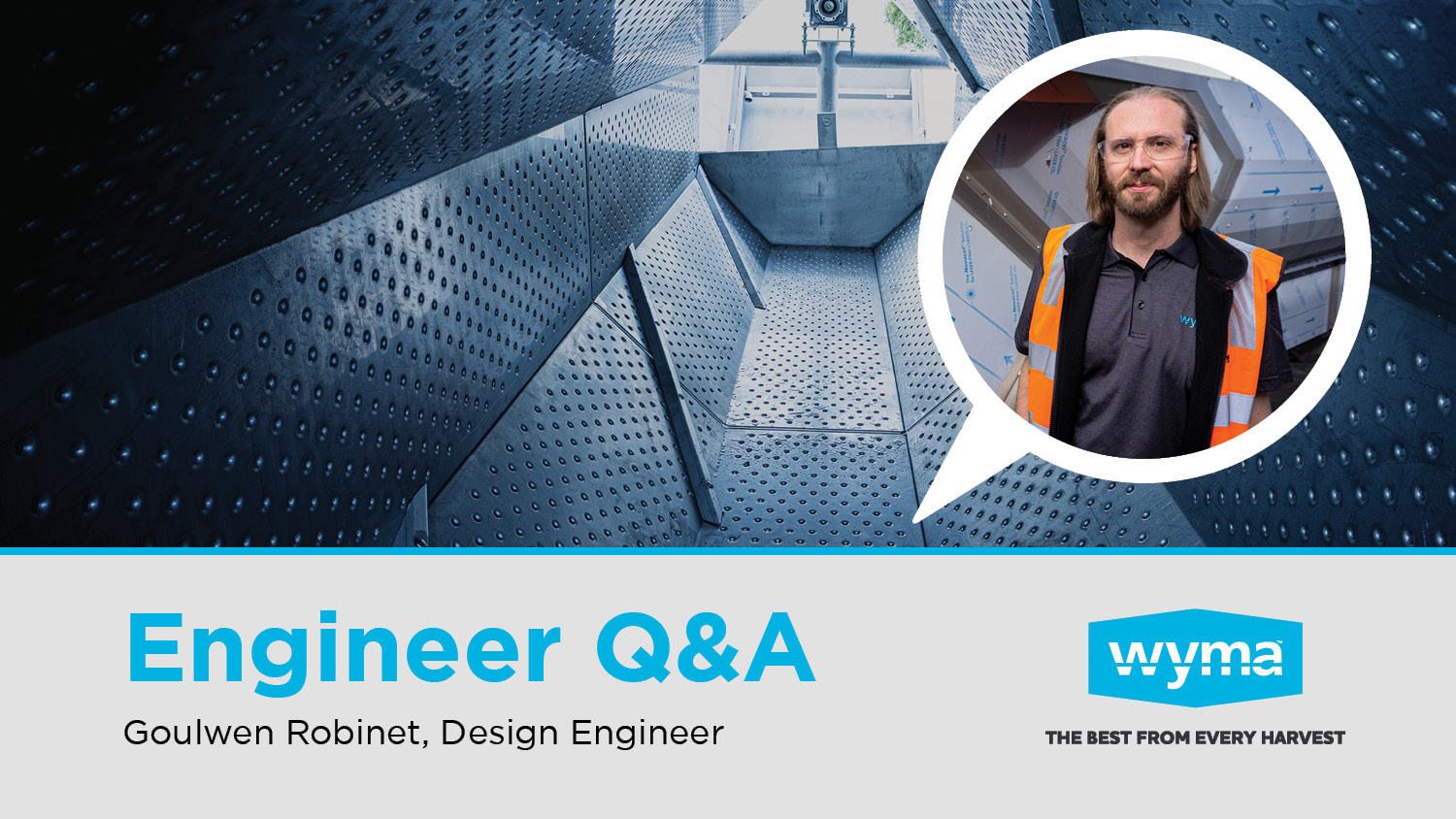
Engineer Q&A: Stainless steel or mild steel for post-harvest construction?
We’re often asked about the differences between stainless steel and mild steel, and what the best option is for post-harvest equipment. To answer this, we caught up with Goulwen Robinet, Design Engineer at Wyma.
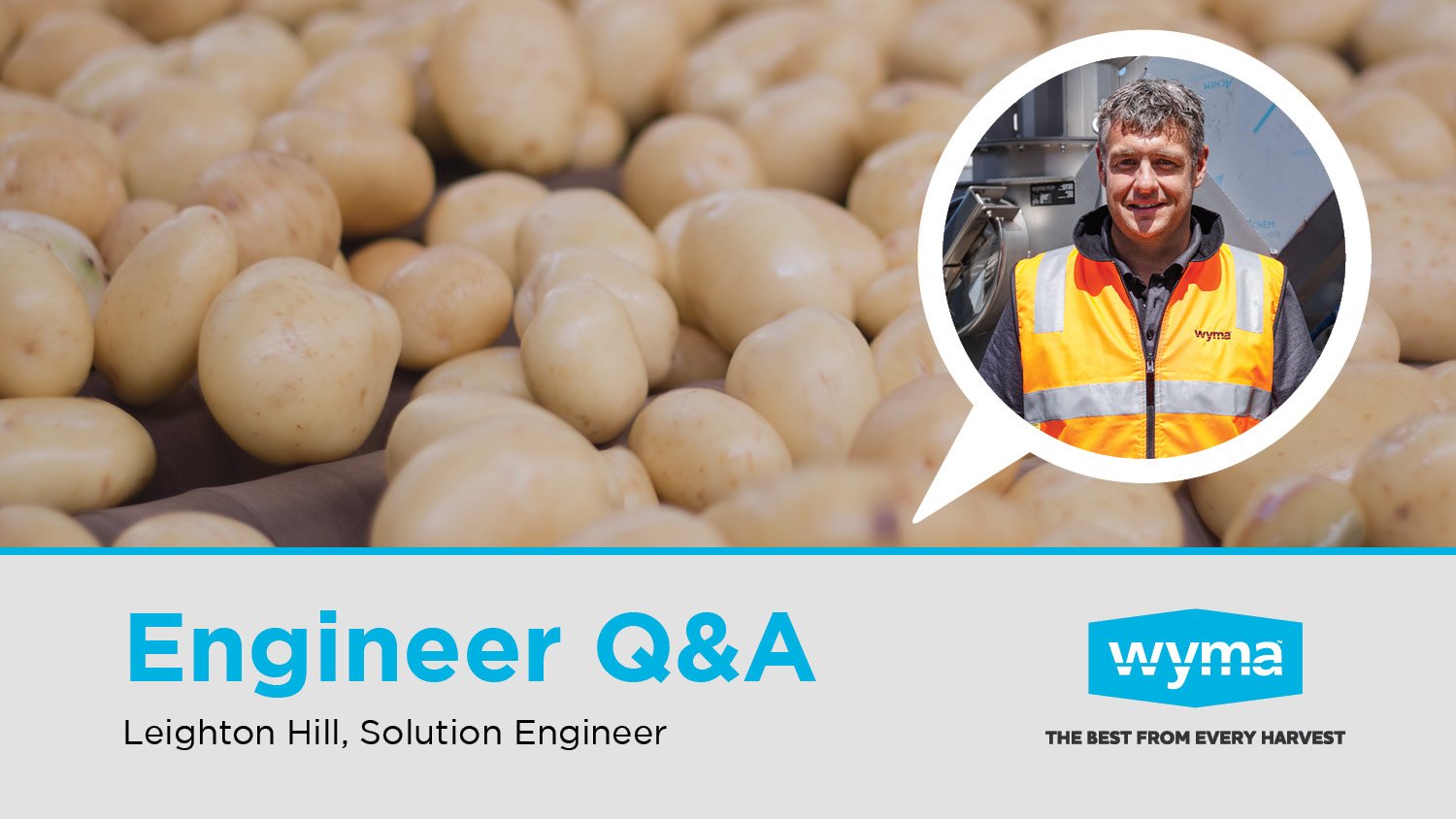
Engineer Q&A: Potato Bruising / Gentle Handling
Following on from our guide How to reduce the impact of potato bruising on your profitability, we caught up with Leighton Hill, Solution Engineer, to answer some of your questions about gentle handling, why some fertilizers increase the likelihood
-
 Fortifi launches Global Food Processing Solutions groupApril 2, 2024
Fortifi launches Global Food Processing Solutions groupApril 2, 2024 -

-
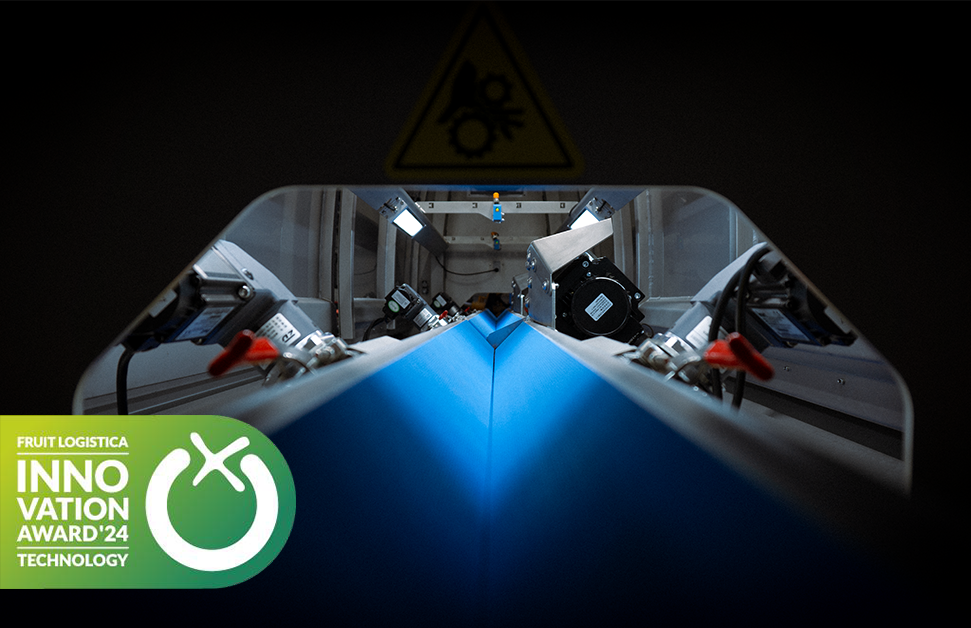 Revolutionizing Agriculture: Optical Roto-Cut Nominated for FLIADecember 13, 2023
Revolutionizing Agriculture: Optical Roto-Cut Nominated for FLIADecember 13, 2023

